How three friends from Paris built a world that smelled like an artist's studio. Diptyque scented candles were the beginning.
The legend begins in 1961 on Boulevard Saint-Germain. Diptyque wasn't a marketing project, but a space where three people combined their talents. Christiane Gautrot brought the eye of an interior designer, Desmond Knox-Leet an obsessive love for lines, ornaments, and typography, and Yves Coueslant the senses of a traveler who collects scents like others collect postcards. Initially, it was about fabrics, patterns, drawings, and strangely beautiful household items that were more atmosphere than product. The shop felt like a living room you were allowed to enter by chance. Nothing was optimized. Everything was intentional. This unplanned nature was its essence: a culture of experimentation, not output.

It was in this atmosphere that the first candles were created. Not as a category, but as an attempt to capture memories. That was the moment when Diptyque unintentionally became the niche perfume brand it once was, although perfumes came later. The spirit was niche, not the price list. And that is precisely what gave the house the aura that people still seek today when they speak of exceptional fragrances .
The early candles: miniature universes instead of assortment
Anyone who held the old jars in their hands immediately sensed the difference. Baies wasn't a "berry accord," but a poetic blackcurrant illusion over green foliage, half garden, half library. Feu de Bois wasn't a "smoke theme," but painted wood, embers, the soot traces of a story told by the fireplace. Figuier didn't smell like a takeaway fig, but like a Mediterranean afternoon among leaves, milky sap, and light wood. Aubépine was hawthorn, delicate, clean, slightly bitter. None of this was the result of a profit margin calculation. They were olfactory images that went directly from the studio into the jar.
These candles had a personal feel. You lit them and had the sense that someone was sitting at the table with you, someone who deliberately didn't smooth things over. That's precisely why they possessed an aura that's so difficult to replicate today. It wasn't just craftsmanship; it was attitude.
DIPTYQUE perfumes: a change of perspective from wax to skin

When Diptyque launched perfumes , the signature style remained the same; only the medium changed. Philosykos was fig without the perfume theater, a walk by the sea, fig leaf , dry woods, salty air. Tam Dao took sandalwood seriously, not as a gimmick for attention, but as a tranquil axis, delicate, dry, almost meditative. L'Ombre Dans L'Eau told stories of garden, water, and blackcurrant as if from a novel. Eau Lente carried spice and resin like a memory of old travelogues. These early fragrances had rough edges. They weren't loud and didn't crave compliments. You didn't smell the marketplace; you smelled people.
This was the true meaning of niche fragrance in the Diptyque universe: not exclusive, but unique. Not calculated, but necessary. The bottles were vehicles of a quiet language that didn't cater to the masses and, precisely for that reason, found a wide audience.
When capital enters the room and the air changes
Until 2005, Diptyque remained independent. Then, something happened that almost inevitably occurs in the luxury industry when a house combines charisma, brand recognition, and international desirability. On April 13, 2005, Manzanita acquired Capital . The purchase price remained undisclosed, which rarely signifies modesty and often reflects deliberate discretion. Since that date, Diptyque has been continuously part of Manzanita's portfolio. No resales, no holding company transformation, no LVMH, no Puig. A single deal that quietly shifted the landscape.
Capital doesn't destroy a brand per se. It shifts priorities. Studio logic becomes portfolio logic. "What do we want to say?" becomes "What do we have to deliver?" This isn't reprehensible, just honest. And this is precisely where the thread between memory and the present begins to fray.
The metamorphosis: first subtle, then visible
At first, everything seemed to remain the same: the typography, the illustrations, the iconic ovals. But invisibly, processes, paces, and targets were changing. Stores were opened, product lines expanded, and calendars filled. In 2024, long-time CEO Fabienne Mauny left the operational side, moving to Manzanita as an operating partner and simultaneously assuming the presidency of Diptyque . Laurence Semichon became the new CEO. Anyone familiar with the industry knows what such personnel changes signify: not a scandal, but scaling; not a break, but acceleration.
From this point on, every decision reeks of the imperative of reproducibility. The brand must demonstrate the same reliability everywhere. Magic is welcome, but please, let it be predictable.

Diptyque scented candles today: Icons with a polished surface
Current Diptyque candles are beautiful, clean, and robust in their performance. The glass has become an interior design code, a status symbol that creates atmosphere even without a flame. You're not just lighting a fragrance; you're lighting a symbol of belonging. The compositions are sophisticated, timeless, and internationally appealing. And that's precisely part of the problem. The improvisation of the early years is gone. Chance is banned. What remains is the admirable precision of a brand that knows what it's doing and has turned that into an art of repetition.
Diptyque perfumes today: refined elegance, less risk
The new fragrances come across as confident releases from a global label. They are wearable, attractive, and often very successful. Only rarely unruly. And unrulyness was the secret driving force of the early years. Today, segments, regions, and cascading launches take center stage. The result is a reliable fragrance portfolio that works worldwide. However, those familiar with the older vintages can hear the compromises. It's subtle, but it's there.
Why saying goodbye to the living room hurts so much
It's not about "everything was better in the old days." It's about the loss of a certain quality. Diptyque was once a place where you felt like you were watching the creators think. Today, it's a flawlessly producing luxury machine. The products are good, some even superb. But what many perceived as its soul in the '80s, '90s, and early 2000s is now only a memory. Not gone, but overlaid by efficiency.
Today, someone who buys a candle gets reliability. In the past, someone who bought a candle got closeness. That's the difference. Closeness doesn't scale well. Reliability scales exceptionally well.
The ownership history: brief, factual, to the point.
Founded in 1961 by Gautrot, Knox-Leet, Coueslant in Paris.
Acquired by Manzanita Capital in 2005. Purchase price not disclosed.
Part of Manzanita's portfolio since 2005, expanding into a global brand.
2024 Presidency of Fabienne Mauny, CEO role of Laurence Semichon, continuation of the scaling course.
The list is short, the effect long-lasting.
The founders in focus: Visions that can still be smelled today
Gautrot thought in terms of spaces. For her, a fragrance was an architectural gesture, a volume of air. Knox-Leet thought in terms of signs. His labels are not decoration, but a grammar that speaks to this day. Coueslant thought in terms of paths. His travels became notes, later translated into wax and alcohol. Together they formed a workshop of the sensual. To understand why Diptyque has touched so many people, one must grasp this triad: space, sign, path. Architecture, graphics, memory. This was the invisible recipe behind candles like Baies , Figuier , or Feu de Bois and behind perfumes like Philosykos , Tam Dao , and L'Ombre Dans L'Eau .
A closer look at iconic classics
Philosykos is more than fig. It's shadow, light, leaf, wood, and a hint of salty breeze. Fig leaf creates the green coolness, the woods carry a dry, almost sandy quality. The composition isn't sweet, but mineral and clear. Tam Dao puts sandalwood at its center, without incense or vanilla support. Warm, dry, silky, like a hand over polished wood. L'Ombre Dans L'Eau , on the other hand, is literary. Blackcurrant in a wet garden, green, dark, shadowy, with a trace of earth. In the world of candles, Feu de Bois is the epitome of "realistic fire," while Figuier tells the story of Philosykos's bright side in a room. These works explain why Diptyque was perceived as a niche fragrance brand, even if no one used the term back then.

From icon to brand: the semantic upgrade and its price
The more well-known Diptyque became, the more the glass itself became a symbol. The oval labels, the black-and-white typography, the small vignettes have become part of an international symbolic image. Anyone who sees the glass immediately understands: sophisticated, refined, urban. This is a triumph of design, but also an invitation to the mass production of emotions. Once symbols work, people want to see them more often. This is how lines, sub-lines, limited editions, and calendars are created, all demanding to be filled. The brand remains beautiful, but beauty becomes routine.
Money, money, money: the silent constant behind every romantic fragrance.
In the end, the story doesn't lead to outrage, but to insight. In the luxury industry, capital isn't a guest, but the master of the house. Today, Diptyque is a polished, well-managed luxury label with a global infrastructure. It delivers quality, visual language, and reliability. The old atelier romanticism remains as the core narrative, cultivated, curated, and referenced. In practice, however, what always interests investors dominates: growth, brand value, profit. Not malicious. Just true. And you can sense this truth when you compare the early and current works side by side.
What remains of the old Diptyque and why it's enough to continue loving the brand.
Despite all the criticism, something remains that is difficult to destroy: the graphic identity, the early formulas, the quiet, courteous way in which Diptyque perfumes spaces and bodies. Anyone lighting a candle or wearing a classic fragrance today can still find that old spirit. It's no longer loud, but it's there. Perhaps that's enough. Perhaps this lingering glow is precisely why Diptyque continues to play a role, even in a market that prefers to shout rather than whisper. For connoisseurs, it remains a benchmark. For newcomers, a sure path into the world of exceptional fragrances . For the industry, an example of how a niche perfume origin can be translated into a global luxury alphabet without completely losing its grammar.

Celebrity candle fans: Diptyque as a secret religion of the initiated.
And then the miracle happened that every brand needs before it gets rich: celebrities discovered them . Not because of influencer deals, but because the products were simply in their homes before PR departments had learned how to drop names. Flipping through the old lifestyle magazines is like an archaeological expedition into the Diptyque cosmos of the beautiful and decadent.
Catherine Deneuve : Diptyque in the living room. Of course.
Elizabeth Hurley : Candles in the London townhouse – “Baies”, of course.
Jennifer Lopez : also Baies , because “clean but sexy”.
Madonna : Diptyque was a standard prop in her 90s interviews.
Donatella Versace : preferred “green Diptyque candles” according to the fashion press.
Ralph Lauren : Townhouse fragrance backdrop à la Diptyque.
Karl Lagerfeld : according to his bodyguard , several hundred candles a month . Yes, really. Hundreds.
Elton John : Feu de Bois , of course, what else for a man with an opera house voice.
Adele : ELLE explicitly names her as a Baies fan.
LeBron James : same scent, same cult status.
John Mayer : “foh the boys”. An ode to Feu de Bois.
Victoria Beckham : Figuier Vert as store signature.
Meghan Markle : Figuier and Tubereuse mentioned in several lifestyle reports.
And suddenly, a bohemian candle became a global status symbol.
Not loud, not ostentatious – but whoever set Diptyque ablaze was saying: “I have taste, darling, not just money.” The irony of it all: This very wave of celebrity paved the way for investors to later realize:
"Wait a minute... this is a gold mine."
FAQ
Has Diptyque been sold multiple times?
No. A one-time payment in 2005 to Manzanita Capital. The purchase price is not publicly documented.
Is Diptyque still a niche market today?
No. The brand has a niche fragrance past, but today it is a global luxury label.
Why do the new fragrances seem smoother?
Because international brands need to operate more predictably. Reproducibility trumps risk.
Have the candles gotten worse?
No. They are very good and consistent. However, the improvised studio charm of their early days is less frequently noticeable.
Which classics should one know?
Philosykos , Tam Dao , L'Ombre Dans L'Eau as perfumes. Baies , Figuier , Feu de Bois as candles.
Is there any courage left at Diptyque?
Yes, but more selectively. The corridor is narrower since the brand started thinking in global terms.
Copyright by scent amor © 2025 (grw)
More articles on the scent news blog by scent amor:
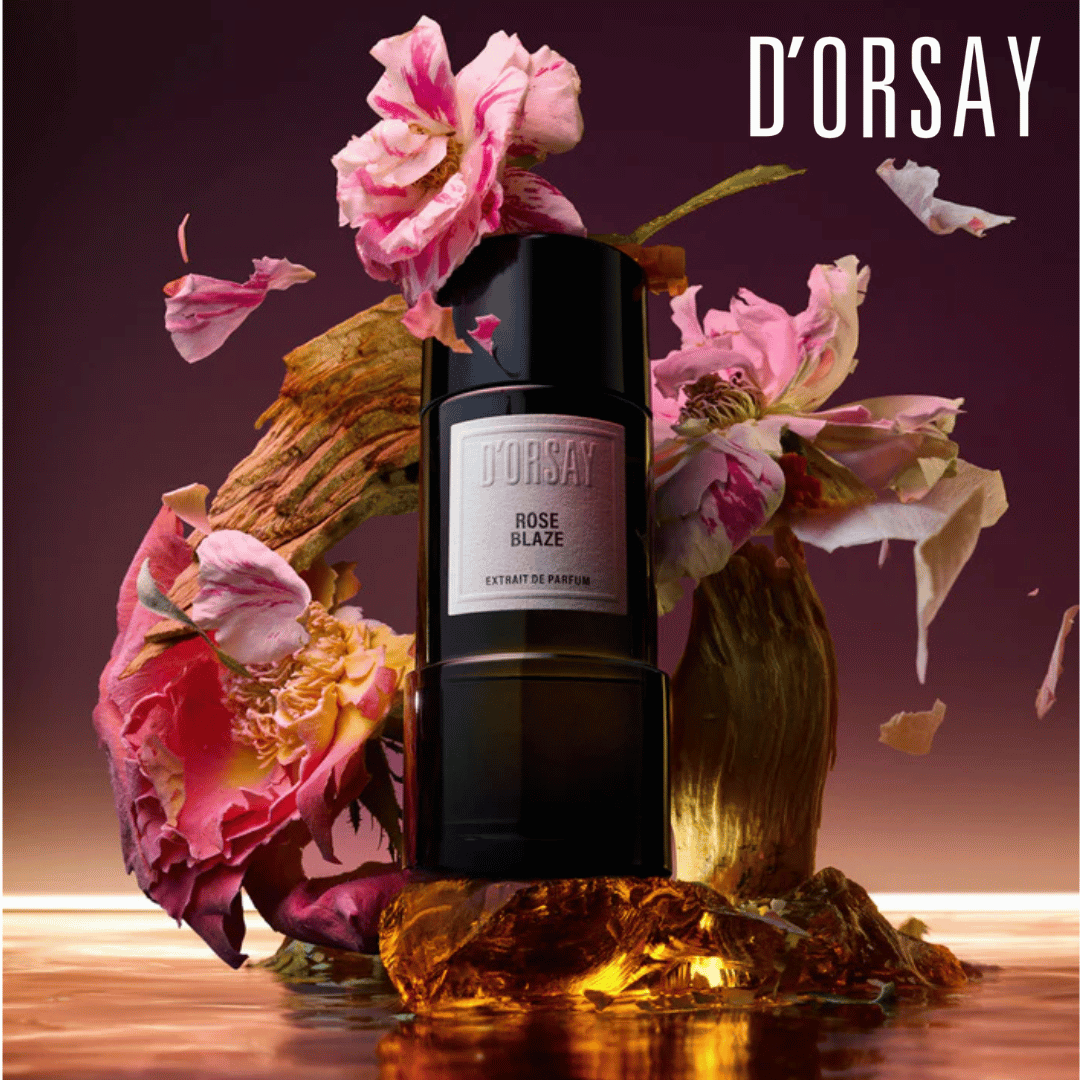
D'ORSAY – The great return of a fragrance house in the light of time – now at scent amor
D'ORSAY tells the story of love as a state of being – poetic, intelligent, and uncompromisingly French. Under Amélie Huynh, the legendary house has been revived: with luxurious niche perfumes , ma...

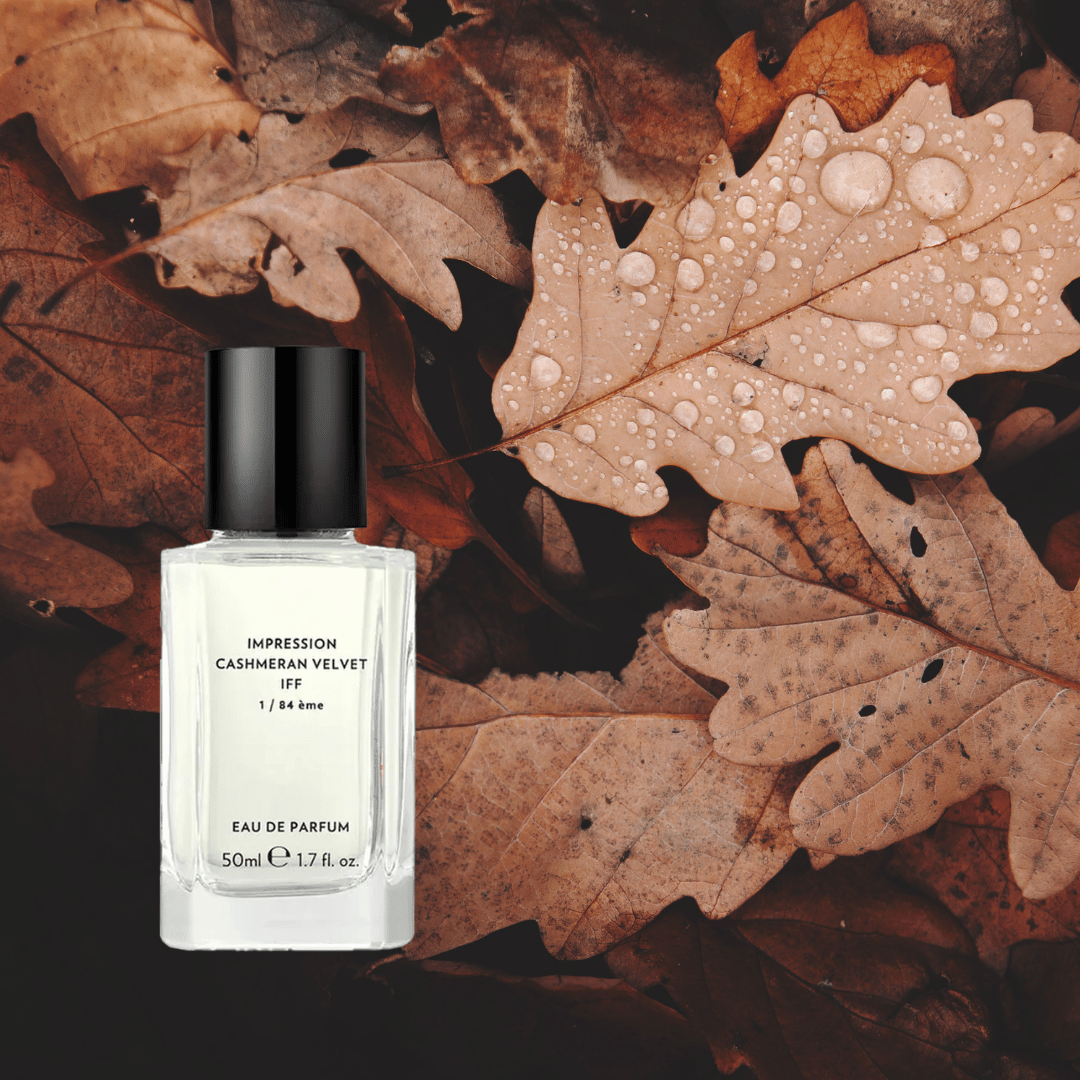






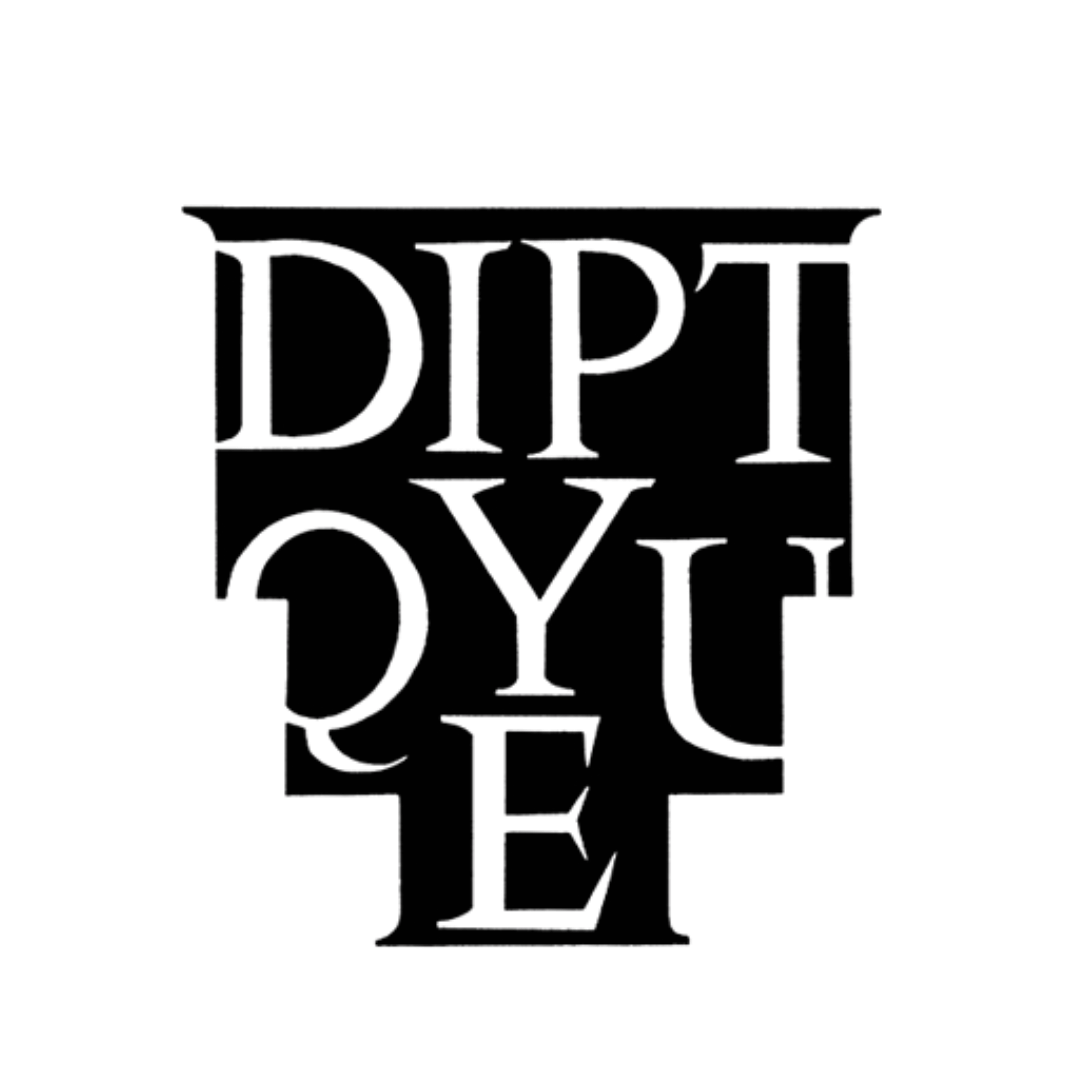

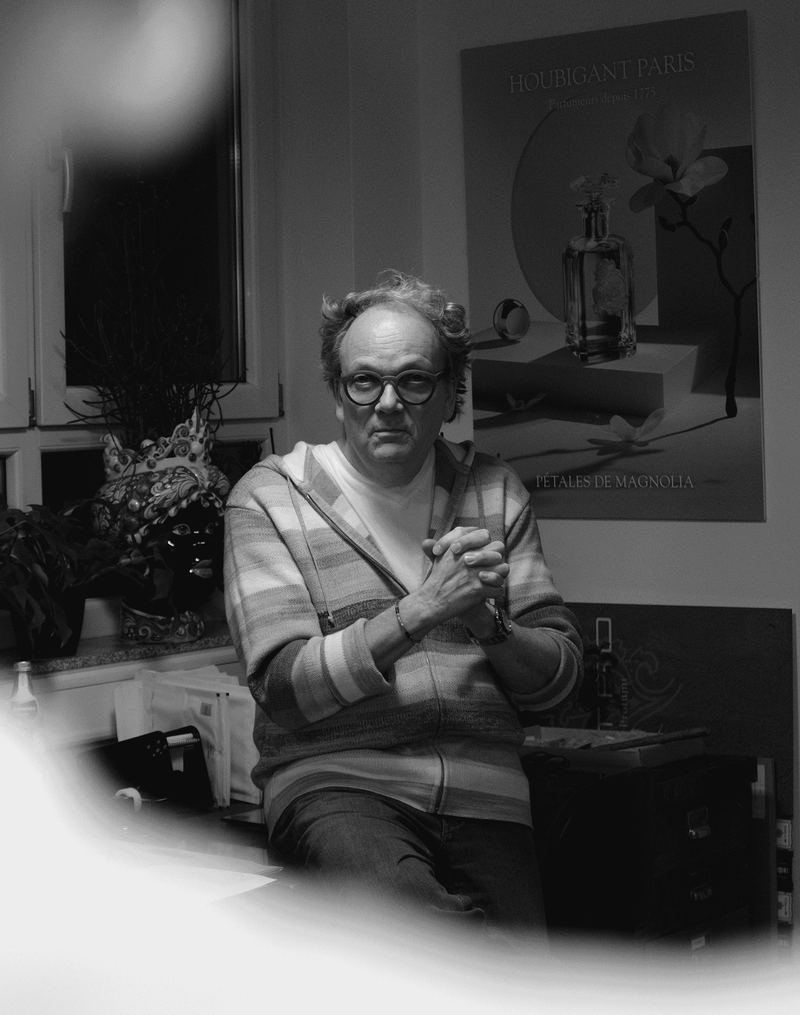
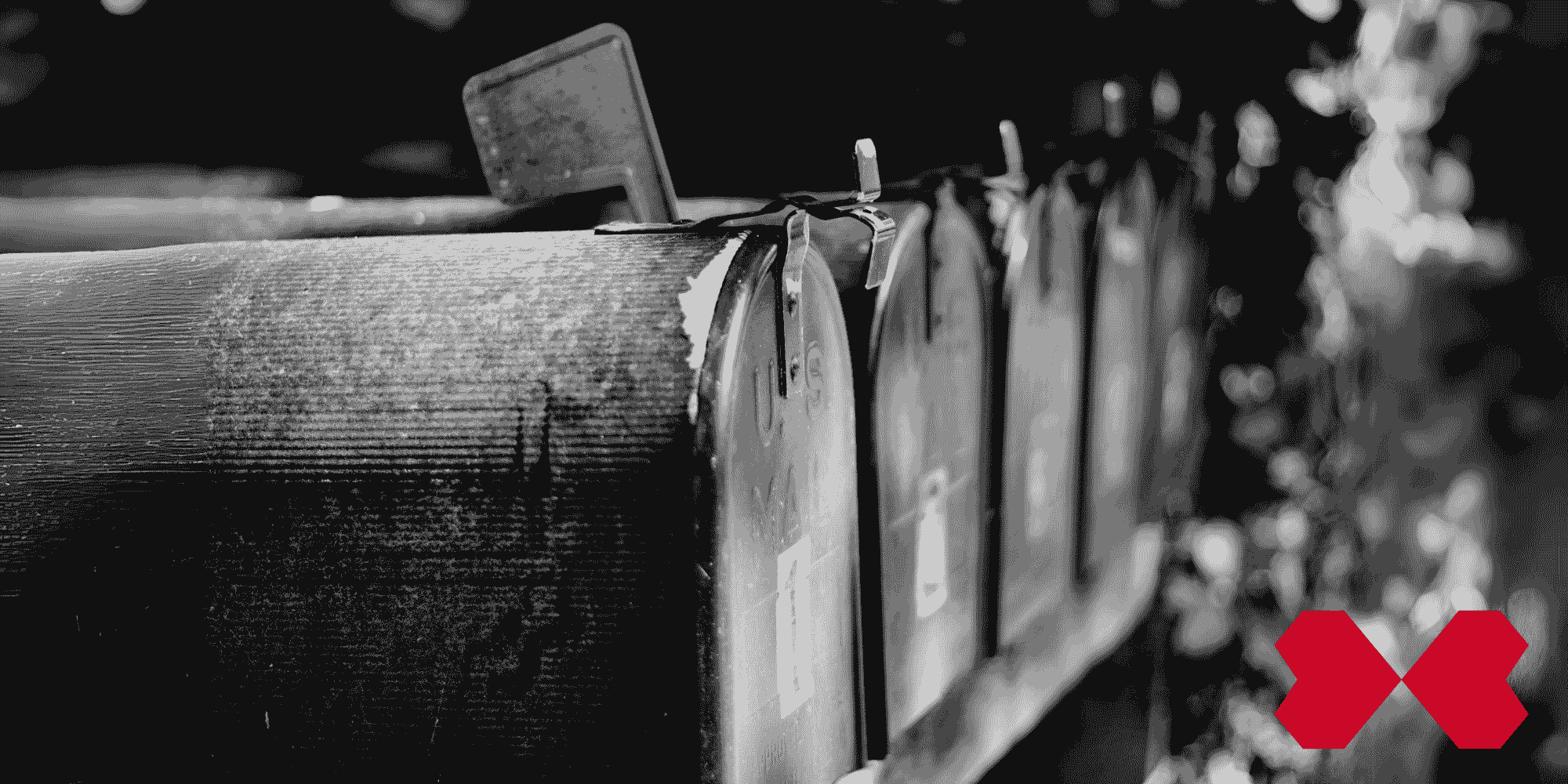
Leave a comment
All comments are moderated before being published.